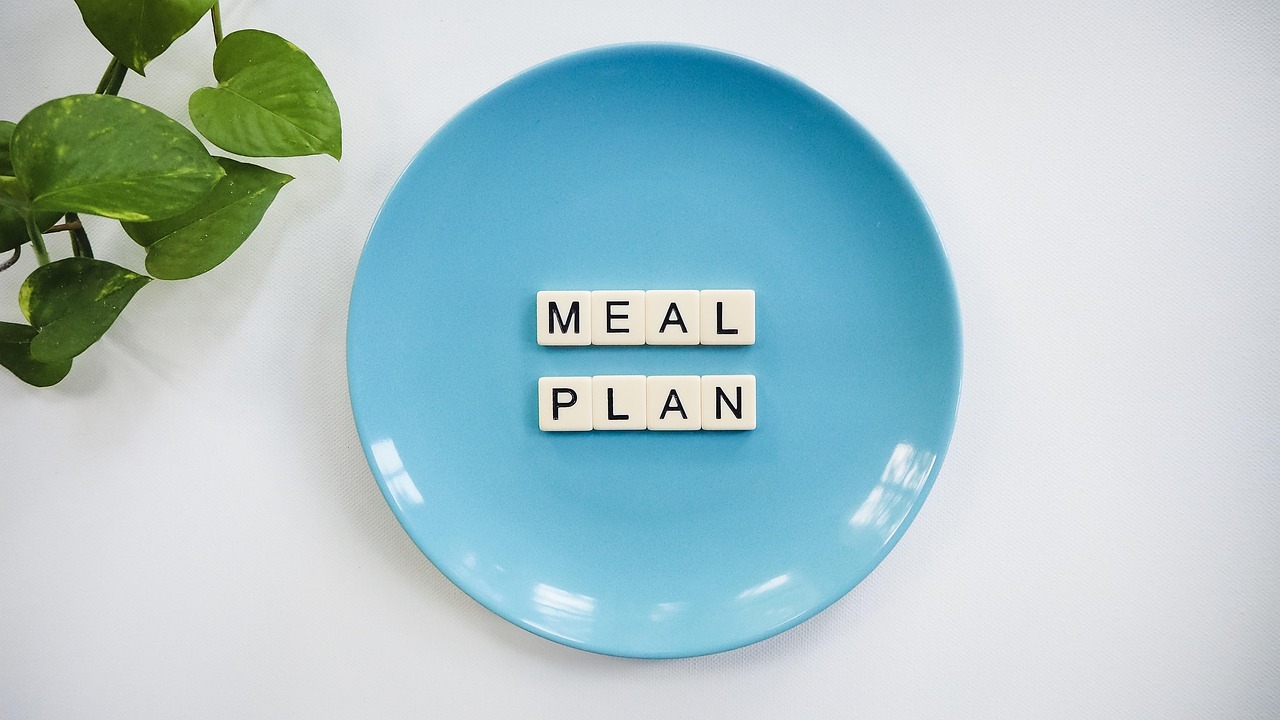I. Introduction
Intermittent fasting (IF) isn’t just a trend — it’s a lifestyle approach to eating that’s gaining serious momentum. Unlike traditional dieting, this method focuses more on when you eat rather than what you eat. With millions of people around the world reporting improved health and body composition, it’s no surprise that interest in the intermittent fasting diet plan continues to grow.
In this article, you’ll learn what intermittent fasting is, how it works, the potential benefits, how to pick a schedule, what to eat, and how to build a realistic and healthy fasting routine.
II. What Is Intermittent Fasting?
Definition of Intermittent Fasting
Fundamentally, intermittent fasting is a pattern of eating in which you alternate between times when you eat and when you fast. It doesn’t prescribe specific foods but rather dictates when you should eat them. This creates a structured fasting and meal plan that supports weight control, improved energy, and metabolic balance.
Difference Between IF and Traditional Dieting
Unlike calorie-restriction diets that often fail due to sustainability issues, intermittent fasting gives your digestive system regular breaks. Instead of obsessing over food portions, it introduces a fasting and eating schedule that aligns with your body’s natural rhythm.
Overview of Common Fasting Methods
Several IF styles cater to different lifestyles:
-
16:8 technique: Eat within an 8-hour window after 16 hours of fasting.
-
5:2 method: Eat normally for five days; restrict calories for two.
-
OMAD (One Meal A Day): Eat a single, substantial meal during a one-hour period.
Each of these methods can be tailored into a healthy fasting diet plan that fits your needs.
III. Benefits of an Intermittent Fasting Diet Plan
Weight Loss and Fat Burning
Fasting triggers hormonal changes that support fat loss. Insulin drops and growth hormone rises, encouraging the body to use stored fat for energy.
Improved Insulin Sensitivity
Studies show that following a balanced intermittent fasting plan helps reduce insulin resistance, which can aid in preventing type 2 diabetes.
Cellular Repair and Longevity
During fasting, the body initiates a process called autophagy — a cellular “clean-up” that may reduce disease risk and slow aging.
Mental Clarity and Energy Boost
Many individuals report enhanced focus and more consistent energy levels once they adapt to intermittent fasting, thanks to stable blood sugar levels.
IV. Choosing the Right Intermittent Fasting Schedule
How to Select the Best Plan for Your Lifestyle
Choosing the right plan depends on your daily routine, job, fitness level, and health goals. A beginner’s intermittent fasting plan should start slow, perhaps with a 14:10 or 12:12 method, and build up to more intensive approaches like 16:8 or OMAD.
Comparison Chart of IF Types
| Method | Fasting Hours | Eating Window |
|---|---|---|
| 12:12 | 12 hrs | 12 hrs |
| 14:10 | 14 hrs | 10 hrs |
| 16:8 | 16 hrs | 8 hrs |
| 5:2 | 2 days (500-600 kcal) | 5 days normal eating |
| OMAD | 23 hrs | 1 hr |
Who Should Avoid IF
Starting a diet and fasting regimen without first consulting a doctor is not advised for people with eating disorders, pregnant or lactating women, or those with specific medical concerns.
V. Foods to Include in a Diet of Intermittent Fasting Identify Typical
Importance of Nutrient-Dense Meals During Eating Windows
The goal is not to overeat or eat anything in sight when your window opens. A simple intermittent fasting diet should include whole, nutrient-dense foods that support energy and satiety.
Sample Food List
Here’s a practical intermittent fasting food list:
-
Proteins: Eggs, chicken, tofu, Greek yogurt
-
Healthy Fats: Avocado, olive oil, nuts
-
Complex Carbs: Brown rice, oats, quinoa
-
Hydration: Water, herbal teas, black coffee
Foods to Avoid
Highly processed foods, sugary snacks, and refined carbs can spike insulin levels and reduce the benefits of intermittent fasting.
VI. Sample Intermittent Fasting Meal Plan (16:8 Method)
Example Daily Schedule
-
Fasting Window: 8 PM – 12 PM (next day)
-
Eating Window: 12 PM – 8 PM
Meal Plan Example
-
12 PM (Lunch): Grilled chicken bowl with brown rice, mixed greens, avocado
-
3 PM (Snack): Greek yogurt with nuts
-
7:30 PM (Dinner): Baked salmon, roasted sweet potatoes, and steamed broccoli
Meal Prep Tips
Plan your intermittent fasting meals in advance to avoid impulsive eating and ensure balanced nutrition.
VII. Obstacles and How to Get Past Them.
Hunger Pangs
Hunger is common initially. Stay hydrated, sip herbal tea, and increase fiber intake during your eating window to help manage it.
Social Situations
Arrange activities around your mealtime or gently reschedule if necessary.
Managing Energy Levels
If you feel tired, try adjusting your meal timing for intermittent fasting. Eating a protein-rich first meal can stabilize energy.
VIII. Tips for Long-Term Success
Tracking Progress
Use apps or journals to monitor weight, measurements, or how you feel mentally and physically over time.
Adjusting Your Plan
As your body adapts, consider shifting to a more structured fasting and meal plan that supports new goals like muscle gain or improved mental performance.
Prioritize Hydration and Sleep
Both are essential for hormonal balance and overall health while fasting.
IX. FAQs About Intermittent Fasting Diet Plans
Can You Drink Coffee During Fasting?
Yes — black coffee (no sugar or cream) is allowed and may even help suppress hunger.
What Breaks a Fast?
Anything with calories. Water, black coffee, and unsweetened tea do not break a fast.
How Long Before Results Appear?
It varies by individual, but most people notice changes in 2–4 weeks when following a consistent intermittent diet and fasting routine.
X. Conclusion
Intermittent fasting is more than a diet; it’s a sustainable lifestyle shift. Whether you’re trying to lose weight, manage blood sugar, or boost your mental clarity, it offers a flexible solution. Start small with a beginner’s intermittent fasting plan, build up your tolerance, and stay consistent.
Always consult a healthcare provider before starting a new dietary regimen, especially if you have preexisting conditions. With time and dedication, you’ll find your own balanced intermittent fasting plan that works for your goals and lifestyle.





